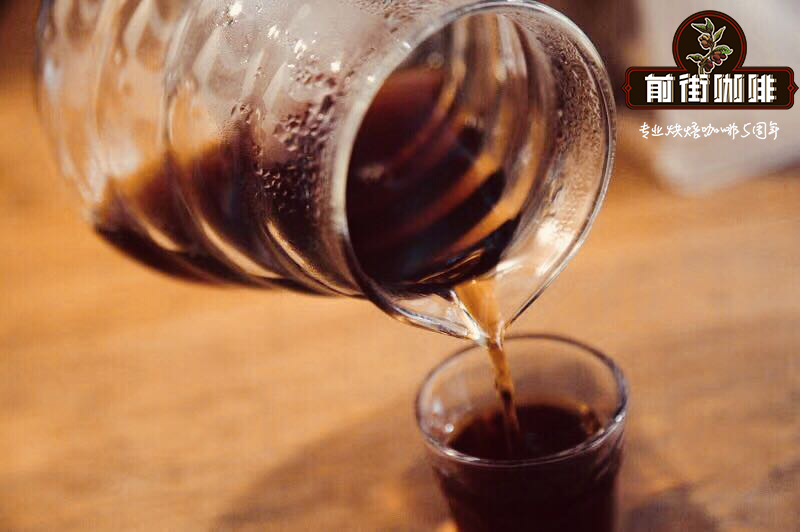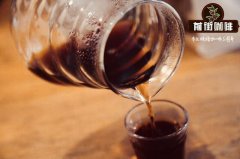What does Colombian coffee represent in the coffee bean producing region of South America?

Professional coffee knowledge exchange more coffee bean information please follow the coffee workshop (Wechat official account cafe_style)
Front Street-Columbia Coffee introduction
Colombia is the second largest coffee producer after Brazil, the world's largest exporter of Arabica coffee beans and the world's largest exporter of washed coffee beans. Of all the coffee, it has the best balance, soft and smooth taste.
The National Coffee Management Association of Colombia, like the National Management Association of Kenya, is a model of coffee organization. Compared with other producing countries, Colombia is more concerned with developing products and promoting production. It is this, coupled with its superior geographical and climatic conditions, that makes Colombian coffee excellent in quality and delicious and famous all over the world. The status of coffee in Colombia is illustrated by the fact that all vehicles entering the country must be sprayed and sterilized so as not to inadvertently cause disease and damage coffee trees.
Planting altitude: 1000-2500 m
Planting varieties: in addition to Kaddura Caturra, Bourbon Bourbon, Tippika Typica and Parkmara, which are common in America, Colombia also has three disease-resistant varieties peculiar to Colombia, namely Castillo Castillo and Tabi Tabi Colombian Colombia with the same name as the country. Of course, there are also some rare and valuable varieties such as Rosa Gesha, small-grained Mocha Mocca, Rume Sudan Romer Sultan, Eugenioides Eugene Odes, Laurina pointed Bourbon, Maraguesa Mara Rosa (a natural hybrid between Malaggippe and Rosa).
Colombian coffee is mostly washed, and every small farmer family has a small special processor (Ecomill or Eco-Pulper). The harvested coffee fruit is poured into it, which removes not only the peel and pulp, but also most of the pectin, and only a very small amount of water is needed. Next, the shell beans with a small amount of pectin will go into a small pool or container, ferment overnight, loose the residual pectin, rinse with clean water the next day, and complete the washing process.
Coffee, flowers, emeralds and gold are known as Colombia's "four treasures", accounting for 1/3 of the country's economy, representing Colombia's efforts and painstaking efforts to become a world producer of boutique coffee.
Knowledge: Huilan Coffee is a coffee of origin named after the coffee growing area, which can fully represent the unique characteristics of coffee in Huila producing areas.
In short: Qianjie is a coffee research hall, happy to share the knowledge about coffee with you, we share unreservedly just to make more friends fall in love with coffee, and there will be three low-discount coffee activities every month. The reason is that Qianjie wants to make more friends drink the best coffee at the lowest price, which has been Qianjie's tenet for 6 years!
END
Important Notice :
前街咖啡 FrontStreet Coffee has moved to new addredd:
FrontStreet Coffee Address: 315,Donghua East Road,GuangZhou
Tel:020 38364473
- Prev

Characteristics of South American coffee beans Colombian coffee is bitter or sour with a moderate acidity
Professional coffee knowledge exchange more coffee bean information please follow the coffee workshop (Wechat official account cafe_style) front street-Columbia Coffee introduction for Colombia, people's impression may be coffee, gold, emerald and "a hundred years of loneliness", and for otaku like Master Zhao, this is a land of beauties rich in Miss Universe. Colombia is a very
- Next

The sweet flower and fruit goddess of Panamanian Rosa coffee, the coffee-producing country of South America.
Professional coffee knowledge exchange more coffee bean information please follow the coffee workshop (Wechat official account cafe_style) front street-Panama Rose Summer Coffee introduction Panama is the southernmost country in Central America, adjacent to Colombia and Costa Rica, connecting the Pacific Ocean and the Caribbean Sea, and its famous project the Panama Canal connects the two oceans, has the name of the bridge of the world. And Bana.
Related
- Beginners will see the "Coffee pull flower" guide!
- What is the difference between ice blog purified milk and ordinary milk coffee?
- Why is the Philippines the largest producer of crops in Liberia?
- For coffee extraction, should the fine powder be retained?
- How does extracted espresso fill pressed powder? How much strength does it take to press the powder?
- How to make jasmine cold extract coffee? Is the jasmine + latte good?
- Will this little toy really make the coffee taste better? How does Lily Drip affect coffee extraction?
- Will the action of slapping the filter cup also affect coffee extraction?
- What's the difference between powder-to-water ratio and powder-to-liquid ratio?
- What is the Ethiopian local species? What does it have to do with Heirloom native species?

